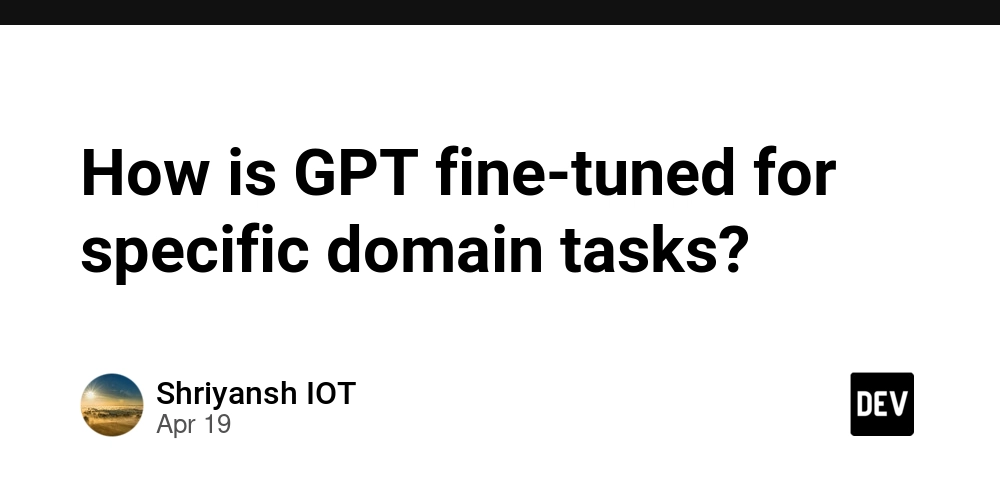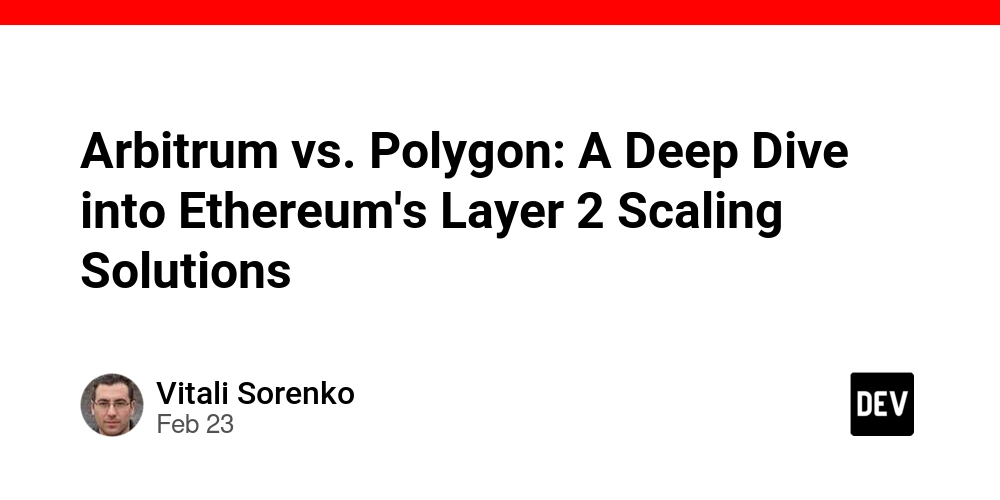How is GPT fine-tuned for specific domain tasks?
GPT (Generative Pre-trained Transformer) is a powerful language model trained on a diverse range of internet text. However, its general training may not be sufficient for domain-specific applications like legal, medical, or financial industries. To tailor GPT to these specialized areas, fine-tuning is applied, which involves additional training on a more focused dataset relevant to the target domain. Fine-tuning works by taking a pre-trained GPT model and continuing its training on a new, smaller dataset that contains domain-specific language, terminology, and style. This process adjusts the model’s weights slightly to better align with the specific requirements of the task, such as answering medical questions accurately or generating legal documents. The fine-tuning process typically includes: Curating a Dataset: Collecting a clean and representative dataset from the target domain. Preprocessing: Tokenizing and formatting the data into input-output pairs suitable for training. Training: Using techniques such as supervised learning to continue model training, usually with a lower learning rate to avoid forgetting general knowledge. Evaluation: Testing the model’s performance on domain-specific validation data to ensure accuracy and relevance. Deployment: Once fine-tuned, the model is deployed in applications like chatbots, document automation, or decision-support systems. An alternative to full fine-tuning is instruction tuning or few-shot learning, where the model is prompted with a few examples of the task during inference, avoiding the need for extensive retraining. Fine-tuned GPT models are more efficient, reduce hallucinations, and deliver more reliable outputs for specialized applications. This approach is widely used across industries to leverage the power of large language models without needing to train a model from scratch. Understanding this process is essential for professionals entering the world of Gen AI and machine learning certification.

GPT (Generative Pre-trained Transformer) is a powerful language model trained on a diverse range of internet text. However, its general training may not be sufficient for domain-specific applications like legal, medical, or financial industries. To tailor GPT to these specialized areas, fine-tuning is applied, which involves additional training on a more focused dataset relevant to the target domain.
Fine-tuning works by taking a pre-trained GPT model and continuing its training on a new, smaller dataset that contains domain-specific language, terminology, and style. This process adjusts the model’s weights slightly to better align with the specific requirements of the task, such as answering medical questions accurately or generating legal documents.
The fine-tuning process typically includes:
Curating a Dataset: Collecting a clean and representative dataset from the target domain.
Preprocessing: Tokenizing and formatting the data into input-output pairs suitable for training.
Training: Using techniques such as supervised learning to continue model training, usually with a lower learning rate to avoid forgetting general knowledge.
Evaluation: Testing the model’s performance on domain-specific validation data to ensure accuracy and relevance.
Deployment: Once fine-tuned, the model is deployed in applications like chatbots, document automation, or decision-support systems.
An alternative to full fine-tuning is instruction tuning or few-shot learning, where the model is prompted with a few examples of the task during inference, avoiding the need for extensive retraining.
Fine-tuned GPT models are more efficient, reduce hallucinations, and deliver more reliable outputs for specialized applications. This approach is widely used across industries to leverage the power of large language models without needing to train a model from scratch.
Understanding this process is essential for professionals entering the world of Gen AI and machine learning certification.




























![[Webinar] AI Is Already Inside Your SaaS Stack — Learn How to Prevent the Next Silent Breach](https://blogger.googleusercontent.com/img/b/R29vZ2xl/AVvXsEiOWn65wd33dg2uO99NrtKbpYLfcepwOLidQDMls0HXKlA91k6HURluRA4WXgJRAZldEe1VReMQZyyYt1PgnoAn5JPpILsWlXIzmrBSs_TBoyPwO7hZrWouBg2-O3mdeoeSGY-l9_bsZB7vbpKjTSvG93zNytjxgTaMPqo9iq9Z5pGa05CJOs9uXpwHFT4/s1600/ai-cyber.jpg?#)











































































































































![[The AI Show Episode 144]: ChatGPT’s New Memory, Shopify CEO’s Leaked “AI First” Memo, Google Cloud Next Releases, o3 and o4-mini Coming Soon & Llama 4’s Rocky Launch](https://www.marketingaiinstitute.com/hubfs/ep%20144%20cover.png)





























































































































![[FREE EBOOKS] Machine Learning Hero, AI-Assisted Programming for Web and Machine Learning & Four More Best Selling Titles](https://www.javacodegeeks.com/wp-content/uploads/2012/12/jcg-logo.jpg)








































































![Rogue Company Elite tier list of best characters [April 2025]](https://media.pocketgamer.com/artwork/na-33136-1657102075/rogue-company-ios-android-tier-cover.jpg?#)








































































_Andreas_Prott_Alamy.jpg?width=1280&auto=webp&quality=80&disable=upscale#)





























































































![What’s new in Android’s April 2025 Google System Updates [U: 4/18]](https://i0.wp.com/9to5google.com/wp-content/uploads/sites/4/2025/01/google-play-services-3.jpg?resize=1200%2C628&quality=82&strip=all&ssl=1)










![Apple Watch Series 10 Back On Sale for $299! [Lowest Price Ever]](https://www.iclarified.com/images/news/96657/96657/96657-640.jpg)
![EU Postpones Apple App Store Fines Amid Tariff Negotiations [Report]](https://www.iclarified.com/images/news/97068/97068/97068-640.jpg)
![Apple Slips to Fifth in China's Smartphone Market with 9% Decline [Report]](https://www.iclarified.com/images/news/97065/97065/97065-640.jpg)


































































































































